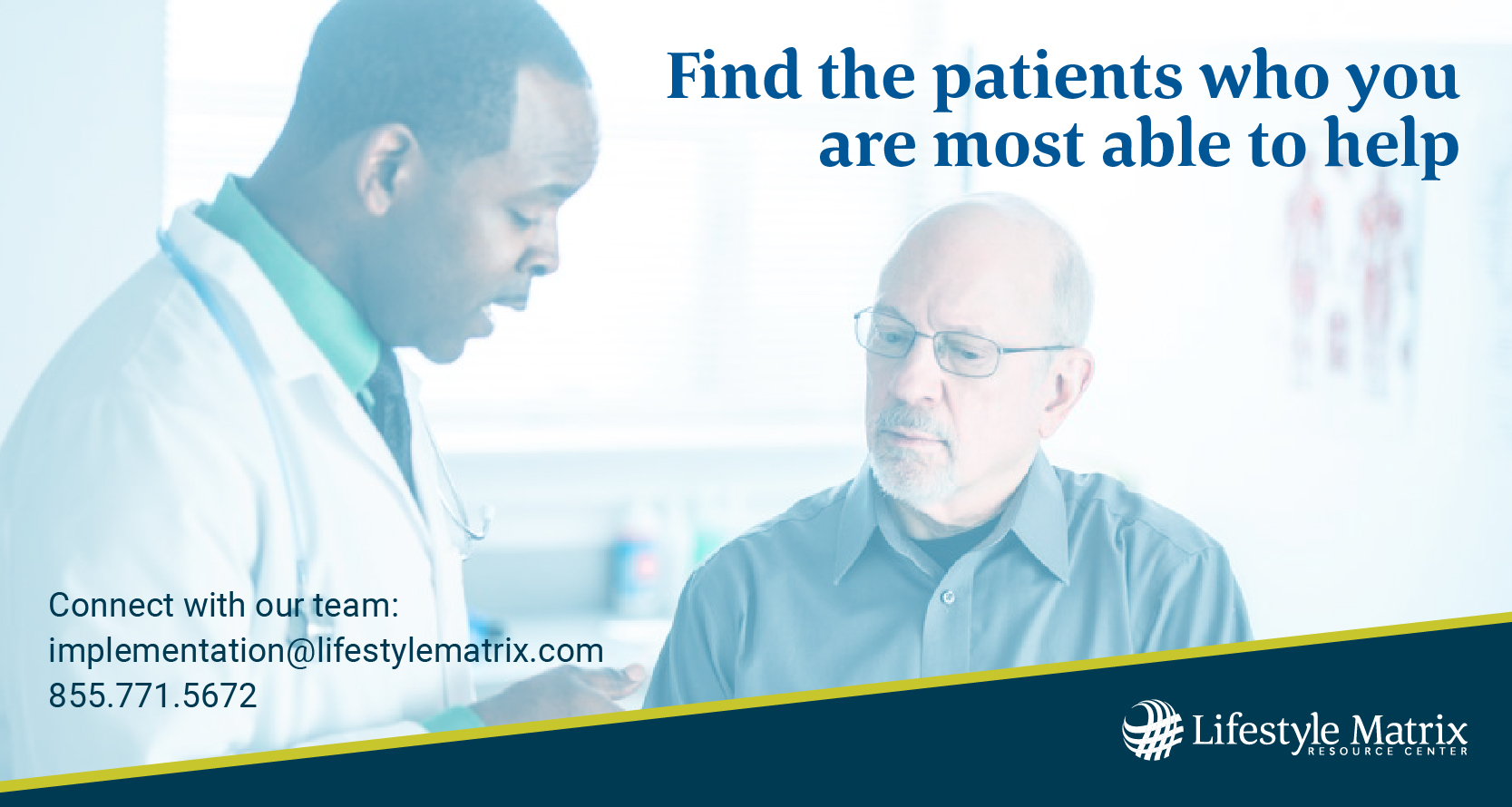In my previous blog post, we talked about the importance of supporting the Phase I cytochrome P450 family of enzymes and Phase II conjugation pathways with specific foods and targeted nutrients. In this post, we’re talking about important considerations when creating a detox treatment plan for your patients.
What Should a Detox Treatment Plan Look Like?
When it comes to comprehensive detox support, the detoxification program will need to include key components. It may be a challenge to implement all at one time, so I am a big proponent of a phased approach, wherein different parts of the protocol are stacked in as the patient accommodates the necessary lifestyle changes or habits. By doing so, you avoid overwhelming the patient with more tasks than they can accomplish. It is best to start slow in some cases to ensure success rather than overfilling the patient’s plate and leading to failure.
Here are eight easy steps to help your patients detox in our modern world:
Elimination Diet: An oligoantigenic diet is an important first step in improving the body’s ability to eliminate toxins by reducing the toxic burden of the foods eaten by our patients. This diet removes the most common inflammatory foods, such as wheat/gluten, dairy, soy, corn, sugar, alcohol, coffee, peanuts, omega-6 oils, packaged/processed foods, and for some people, red meat. As part of this goal, we want to encourage our patients to eat a plant-based diet rich in phytonutrients that provide the detoxification substrates and co-factors listed in my previous post.
- Colon Cleansing: You cannot detoxify if you cannot eliminate waste. Encouraging daily bowel movements is key in this process. Constipation needs to be addressed early on in any detoxification protocol.
Supplements and strategies that encourage elimination include:
- Magnesium citrate: 200–400 mg daily
- Vitamin C: 1,000–4,000 mg daily (to tolerance)
- Fiber supplementation
- Colon hydrotherapy (in cases of severe constipation)
- Phase I Detox Support: Many Phase I-supportive nutrients are found in nutritional products that can be prescribed to patients. Especially when there are deficiencies in the diet due to lifestyle factors, it is best to supplement these nutrients
in order to ensure the best detoxification potential for our patients.
Supplements to consider:
- B-complex vitamins
- Branched-chain amino acids (BCAAs)
- Functional meal replacement powder
- Phase II Detox Support: This is mainly amino acids, which can be found in the foods we eat. Oftentimes, however, it is easier to get a patient to take a functional food protein powder that provides all the essential nutrients and amino acids
needed for detoxification. Remember, Phase II is the slower phase and highly dependent on the availability of amino acids; therefore, dietary deficiencies play a strong role in disrupting Phase II clearance of toxins and internal metabolites. If
a patient has low stomach acid, they may also not get the right amount of amino acids from the proteins they eat due to inadequate digestion.
Supplements to consider:
- Free-form amino acids
- Betaine-HCl with peptidases
- Functional meal replacement powder
- Exercise/Sweating: Sweating is an important key to detoxification. Rather than caling it exercise, I prefer to tell my patients to move in ways that please them. They can go for a run, bike ride, dance, attend a HIIT class, take on ballroom dancing, or simply play with their kids in the park. No matter what it is, moving and sweating is something we want to encourage our patients to do as part of a comprehensive detoxification plan.
- Sauna Therapy: If you can’t get your patients to move and sweat for any reason, the next best thing is sauna therapy. There are several types of saunas that can be used for perspiration therapy. Traditional saunas use electric or wooden heat elements, and the heat does not penetrate the skin very deeply. Far-infrared saunas use far-infrared light to emit heat and penetrate deeper into the skin (about 1 inch), opening the pores and allowing for the release of retained subdermal toxins in the fatty layer under the skin. These saunas tend to emit harmful levels of electromagnetic fields (EMFs), which may pose a problem for people with EMF sensitivity, although companies are taking measures now to reduce the EMF exposure from these saunas. Near-infrared saunas combine light and heat therapy. The light from near-infrared rays penetrates the skin even more deeply than far-infrared, according to NASA experiments, showing benefits in wound healing and pain reduction. Regardless of which method is used, after sweating, one needs to wipe the body down with a towel that is not reused and is washed afterward. Dry brushing before sauna therapy increases microcirculation to the skin and may help accelerate the release of internal toxins.
- Technology Detox: In our advanced, electronic lives, it becomes essential to have intermittent technology detoxes. A Jewish Orthodox patient recently reminded me of the importance of this. In observance of the Shabbat, she cherishes the tradition
of turning all electronics off for 25 hours once weekly and described to me how greatly it benefits her stress levels. It’s true: Over-exposure to electronics is part of the toxicity epidemic in modern society. We need to encourage our
patients to take breaks from their devices, whether it’s a smartphone, workstation, laptop or television.
Instead, have your patients consider the following:
- A walk in the park
- An evening cut-off time when they shut off all electronics, including their Wi-Fi router
- Forest bathing
- A technology-free vacation
- Mental Detox: What is a mental detox? The greatest hindrance to patient progress and their ability to stick with any program is the wrong mindset. Many patients defeat themselves through negative self-talk. We don’t usually think of them as a part of detoxification,
but negative thoughts are another form of internal toxicity that is in complete control of the individual. However, they can only be controlled when the person becomes aware of their habitual negative thought patterns. A mental detox is a release
from these negative thought patterns, excessive worry and feelings of inadequacy.
How do you guide your patients through detoxing mentally? Have them try the following:
- Create space for relaxation
- Pursue a hobby they enjoy that takes them out of their usual mental space (e.g., knitting, painting or gardening)
- Keep a gratitude journal
- Express positive affirmations in the form of “I am” statements, like “I am healthy” or “I am worthy of feeling good”
- Meditate
By implementing these strategies, you’ll have your patients traversing the barrier between feeling unwell and wellness in no time.

Vincent Pedre, MD is the Medical Director of Pedre Integrative Health and Founder of Dr. Pedre Wellness, nutraceutical consultant and spokesperson for NatureMD, CEO of Happy Gut Life LLC, and a Functional Medicine-Certified Practitioner with
a concierge practice in New York City since 2004. He believes the gut is the gateway to excellent wellness. He is also certified in yoga and medical acupuncture. As Spanish-speaking faculty for The Institute for Functional Medicine, Dr. Pedre has
taught the AFMCP in Spanish in Lima, Peru, as well as an introduction to functional medicine in Mexico City. As the bestselling author of “HAPPY GUT®—The Cleansing Program To Help You Lose Weight, Gain Energy and Eliminate Pain,” featuring
his proprietary ‘blueprint’ for healing the gut, the Gut C.A.R.E.® Program—he has helped thousands around the world resolve their gut-related health issues.




